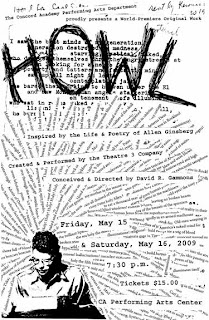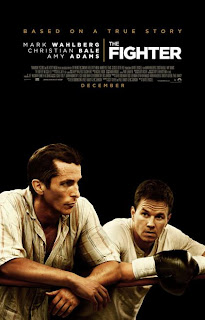From the archives - the decoding of a narrative
Barthes´ Codes Roland Barthes describes a text as "a galaxy of signifiers, not a structure of signifieds; it has no beginning; it is reversible; we gain access to it by several entrances, none of which can be authoritatively declared to be the main one; the codes it mobilizes extend as far as the eye can read, they are indeterminable...the systems of meaning can take over this absolutely plural text, but their number is never closed, based as it is on the infinity of language..." ( S/Z - 1974 translation) What he is basically saying is that a text is like a tangled ball of threads which needs unravelling so we can separate out the colours. Once we start to unravel a text, we encounter an absolute plurality of potential meanings. We can start by looking at a narrative in one way, from one viewpoint, bringing to bear one set of previous experience, and create one meaning for that text. You ca

